Stumbling Stones in Padua
The Racial Laws of 1938 deprived the Italian Jews of their civil rights, marginalising them and confining them into invisibility.
In September 1943, because of the German occupation and the birth
of the Repubblica Sociale Italiana, they started being deported or killed in the extermination camps. Gunter Demnig’s “Stolpersteine”
— against oblivion and negationism — are meant to bring back the names of Shoa victims who had been reduced to numbers. “Stumbling”, besides casually tripping on a stone can become a stop to reflect.
Practically, the project places engraved brass stones in front
of the former residence for a victim who was deported and killed
by Nazi Germany: on each stone, just the name, date, and place of death — if known — of an individual killed by the Nazis.
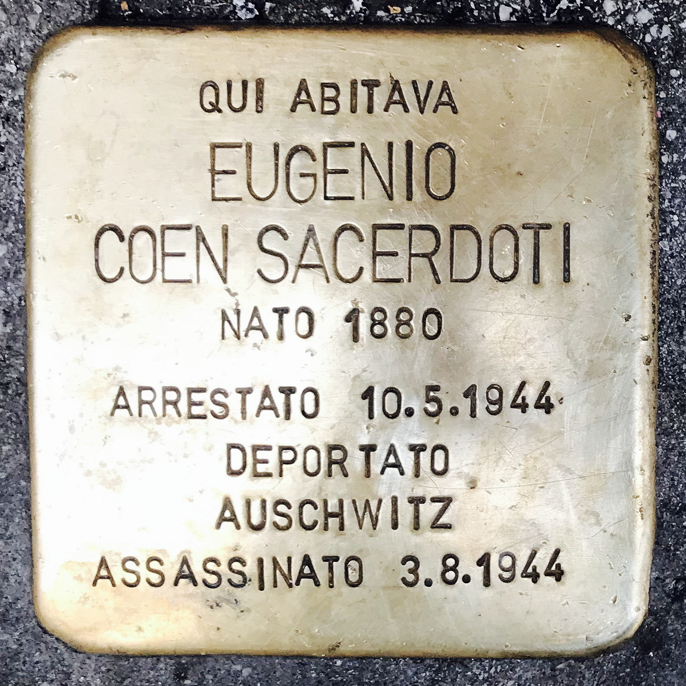
Via San Martino e Solferino 9
Gemma Bassani
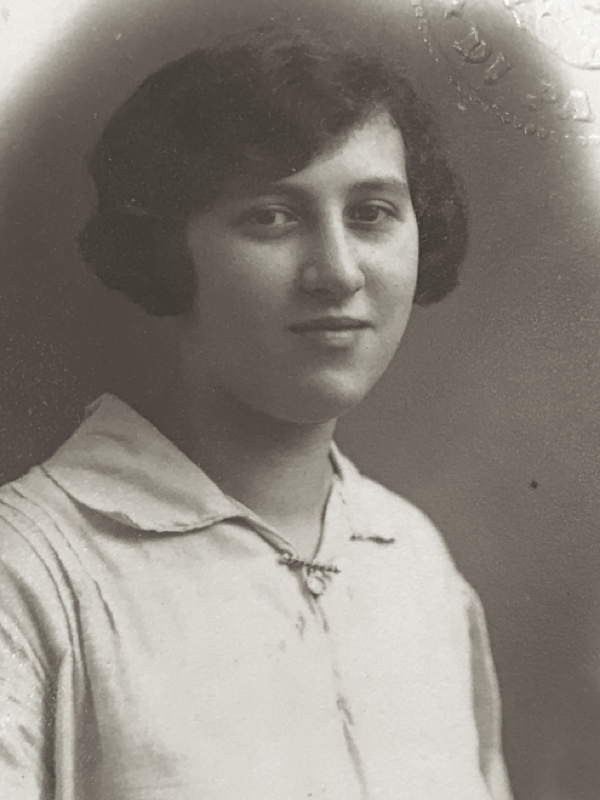
Gemma Bassani
Courtesy of the University of Padua, Ufficio Gestione Documentale. ASUP, Faculty of Arts, Students files, Bassani Gemma, register no. 50/8
Gemma Bassani was born in Chioggia on 22nd March 1911. She studied at Liceo Classico Tito Livio and took her degree in Humanities at Padua University. She lived with her brother George, a teacher of Humanities, as their parents died very early. They both were excluded from state schools as soon as the 1938 laws were implemented and continued teaching in the Jewish School which had been set up by the Jewish Community. In order to earn some money, Gemma also gave music private tuition in Venice. After secretly marrying a non Jew, as mixed marriages were forbidden, she was arrested in Rome on December 16th 1943, confined in the Vò Euganeo camp and then in the Risiera di San Sabba in Trieste. She was then deported to Auschwitz on 31st July and survived the selection process. She died later on unknown date.
●
Eugenio Coen Sacerdoti e Amalia Dina
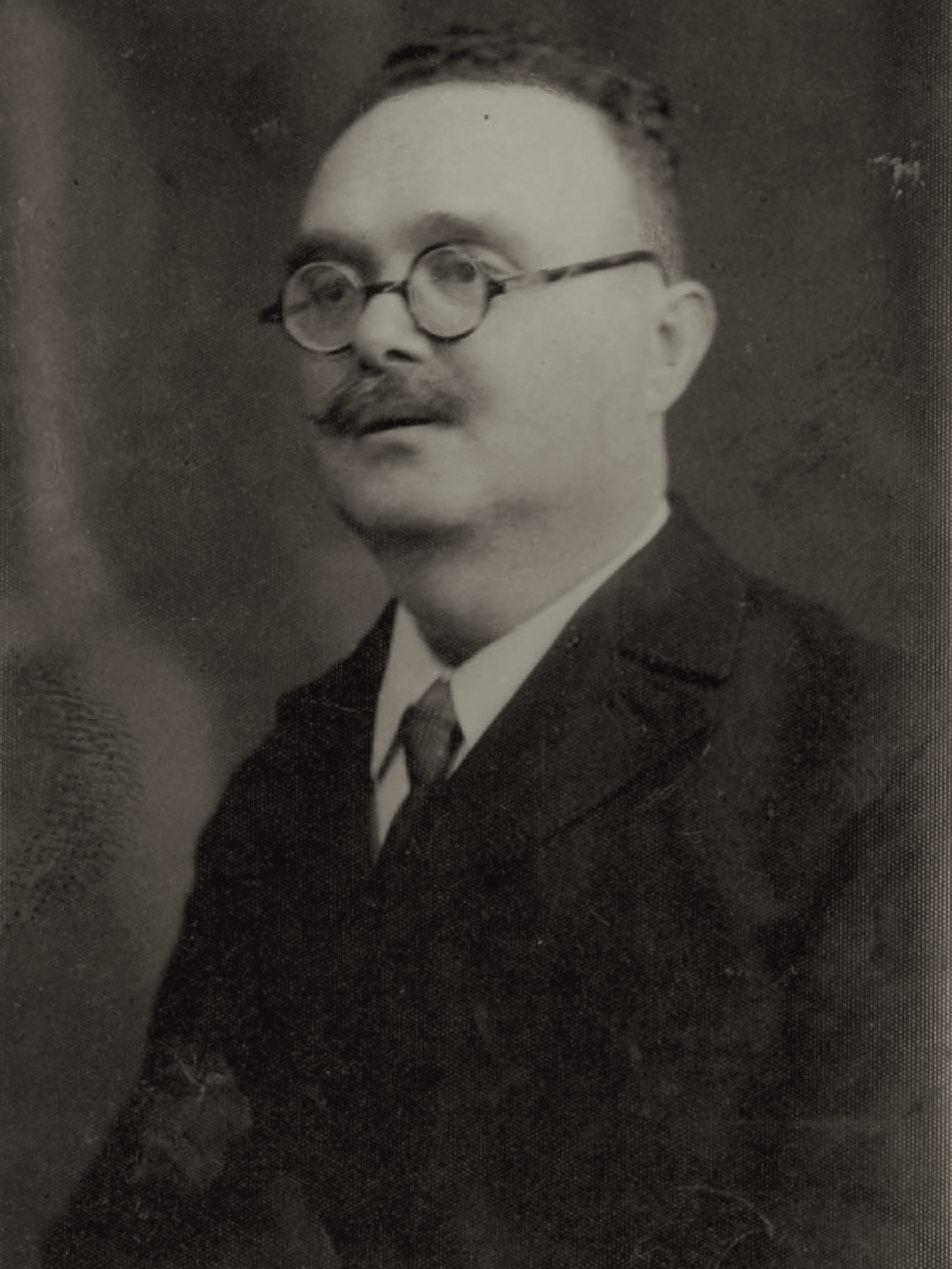
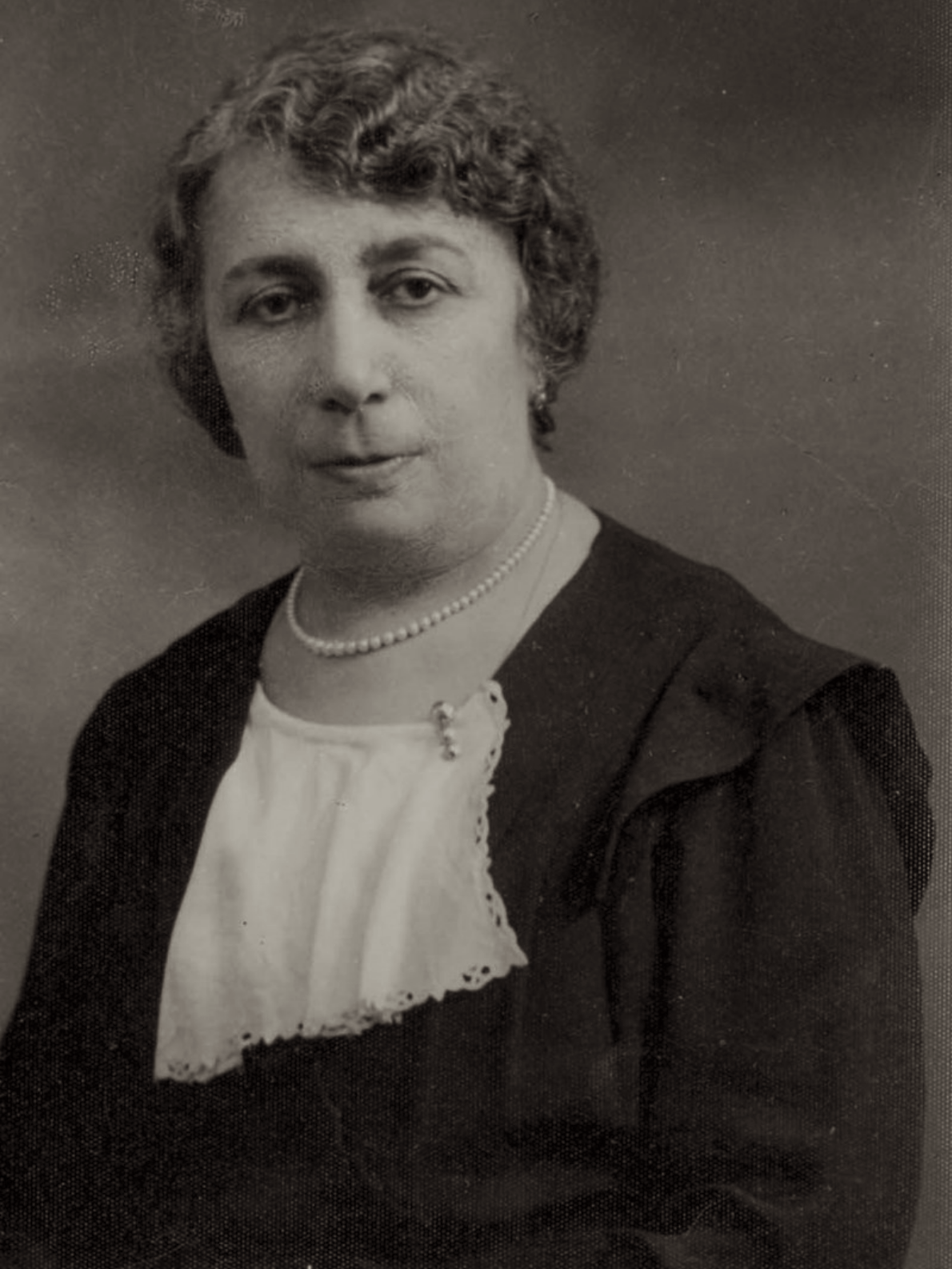
Eugenio Coen Sacerdoti, Amalia Dina
Photo Archive Yad Vashem
Eugenio Cohen Sacerdoti was the Rabbi of Padua from 1936 to 1943. He was a spiritual guide and an extremely refined scholar. One of Mascagni’s pupils at Pesaro Conservatory, he was a teacher of music, a great interpreter of ancient music, which he sang melodiously. Since the beginning of the persecutions, Rabbi Cohen Sacerdoti and his wife Amalia Dina had been hidden in a house in the countryside. Then, they found shelter at Camposampiero Hospital together with four more Jews, all of whom very old and ill. In April, just before being arrested, they could have escaped but they preferred handing themselves over and be confined in the Vò Concentration Camp to join the other members of their Community. On 17th July 1944, at 2pm they were taken to Padua prison and some days later to the Risiera di San Sabba in Trieste, from where they were deported to Auschwitz on July 31st. They were assassinated on their arrival on the night of August 3rd.
●
Oscar Coen
No photograph of Oscar Coen has been found
Oscar Coen was born in Alexandria (Egypt) where he lived for many years. Then he spent 15 years in France, without acquiring the French nationality. In 1936 he chose to come to Padua which he defined “my ancestors’ chosen town” and where he started living. In 1939 he asked for a “positive action” stating that in 1913, although exempted from serving in the army as living abroad, he had come back to Padua of his own accord to serve in the army and had, moreover, fought in WW1. His request was rejected. He was confined in the Concentration camp meant for foreign Jews and stateless people, which had been opened in Italy in 1940. On November 19th 1943 he was arrested and confined to Padua prison where he had been sent in the meanwhile. As soon as the camp in Vò was opened on December 3rd 1943 he was one of the first to be interned. He was then deported from Verona to Auschwitz on August 2nd and assassinated on arriving on August 6th 1944.
Via San Martino e Solferino 15
Ester Giovanna Colombo
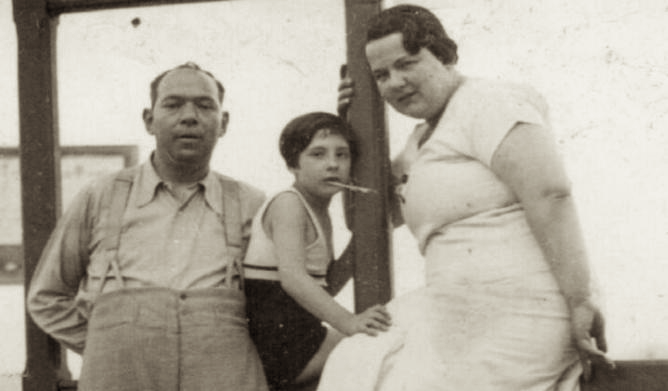
Young Ester Giovanna Colombo with her uncle Moisè Vittorio Gentilli and her aunt Norma Stella Colombo
Courtesy of the Gentilli-Colombo family
Ester Giovanna Colombo was born in Padua on 9th March 1927. She lived with her father Ferruccio at via San Martino e Solferino 13. She was also named Giovanna after her grandmother on her father’s side. Ferruccio had first been arrested and interned in Vo’ Concentration Camp, but on 9th February 1944 he was released as “belonging to a mixed family”, since his mother was Aryan. In fact, according to the racist criteria, Ester should not have been considered belonging to the “Jewish race”: she was born to a “mixed” father and an Aryan mother, so she was only partly Jewish. Her parents, though, were not married and her mum, Maria Boaretto, had never legally recognized her. Since an early age, she had been fostered by her paternal aunt, Norma Stella Colombo, from Padua, and her husband, Moisè Vittorio Gentilli, from Meretto di Tomba (UD). They moved to Venice and ran the Israeli retirement home since 1930. Ester Giovanna was arrested with them on 2nd December 1943 at Olgiate Comasco, while trying to escape to Switzerland. She was interned in Fossoli Concentration Camp. On 21st February 1944, she wrote to the Ministry of the Interior and tried to assert her Aryan origin. She also asked for a supplementary investigation regarding her racial origins, based on new documentary evidence. In the meanwhile, she also pleaded to interrupt “any measure of transfer”. Her petition ran its course and the response from the Padua Police Quarters arrived on March 16th. Since at the town Registry Office there was no proof that her mother had recognized her, Ester Giovanna had to be considered “of Jewish race”: neither “mixed” nor “Aryan”. She would not be released. At that date, the tragic outcome had already taken place: on 22nd February, the day after she submitted her request to the Camp supervisor, both her uncle and aunt and she were loaded into the convoy no 8 bound to Auschwitz, the same where Primo Levi was on. She did not survive.
(Text by Mariarosa Davi and Sara Parenzo)
Via San Martino e Solferino 30
Guido Usigli
No photograph of Guido Usigli has been found
Guido Usigli was born in Padua on 8th July 1873 and lived on his own in via San Martino e Solferino 30. He worked as an usher: yet, at the time of his arrest, he was working as a waiter, maybe after he had lost his job as a result of the Racial Laws.In the afternoon of December 4th 1943, he was arrested for the first time by two Italian police officers and interned in the Vo’ Concentration Camp the following day. After a week he was released because “aged 70”: a memorandum dated December 10th ordered that the Jews over-seventy, seriously ill or of “mixed race” should be released. Back to freedom under surveillance, he was arrested again by the German police during the 30th July 1944 round-up. The Vo’ Concentration Camp had been closed on 17th July so Guido Usigli was imprisoned in Verona and from there taken to Auschwitz on August 2nd 1944 on the train wagon no14. He was killed on arrival on 6th August.
(Text by Mariarosa Davi and Sara Parenzo)
Via delle Piazze 26
Italo e Giuseppe Parenzo
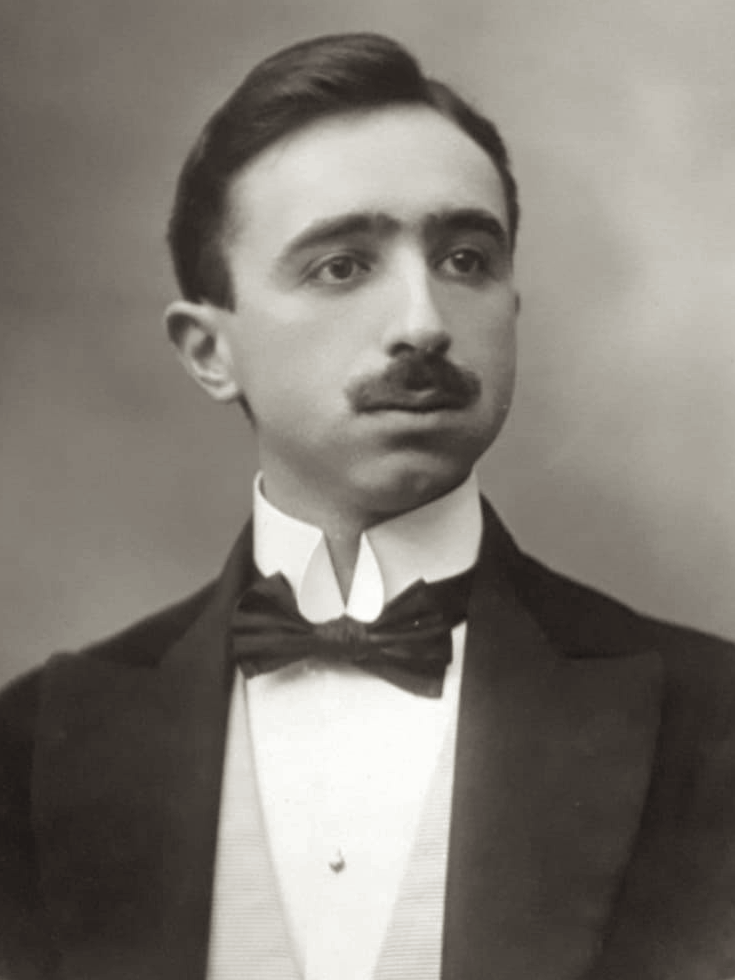
Giuseppe Parenzo
Courtesy of the Parenzos (archive).
No photos of Italo Parenzo’s have been found
Italo and Giuseppe Parenzo are respectively the first and third born children of Libero Parenzo and Anita Praga, the parents of 5 children. When he was not yet 18 in 1866, Libero fought as a volunteer in the Aspromonte with Garibaldi, following the example of his brothers Alessandro and Vittorio and of his cousin Cesare, who became a Senator the Italian Kingdom: the Parenzos gave a remarkable contribution to the liberation and unification of their homeland during the Italian Risorgimento. Anita was a niece of Erminia Fuà Fusinato’s, a poet, an educator and a patriot.
Italo was born in Rovigo on 26th August 1883. He described himself as “of varied if not deep culture”. He took a degree in Law with full marks at Padua University and later he worked in Insurance. He did not get married and left some publications -e.g. a remarkable study on council housing- and some unfinished papers. After a fierce persecution, the Italian Social Republic soldiers captured him on 1st December 1943, in the house of Maria Nettani, a faithful maid who had hidden him. Then he was interned in the Vò Euganeo Camp, in the prison of Padua and finally in the Risiera di San Sabba in Trieste.
Giuseppe was born in Rovigo on 12th December 1886. He married Elda Vigevani, from Parma, who died at the age of 35, in 1923. She left her six year old child, Renato, who later married Lisa Gesses, the only survivor of the Gesseses (see below). Giuseppe lived with his brother Italo at Corso del Popolo 14 in a building, which was later, bombed. Both brothers, after the Racial Laws, went on working in their office in Via Zabarella 30: their job, though, was allowed only in the Jewish context. Giuseppe worked as a professional accountant and Italo as an insurer. Both of them took an active part in the associations supporting the Jews.
On 29th July 1944 the Germans took Giuseppe away from the hospital where he had been admitted because of a serious illness. In the night of 31st July 1944, Italo and Giuseppe were together on the wagon deporting the Jews from Trieste to Auschwitz. On arriving there in the night between 3rd and 4th August, they did not survive the selection.
●
Celina Trieste
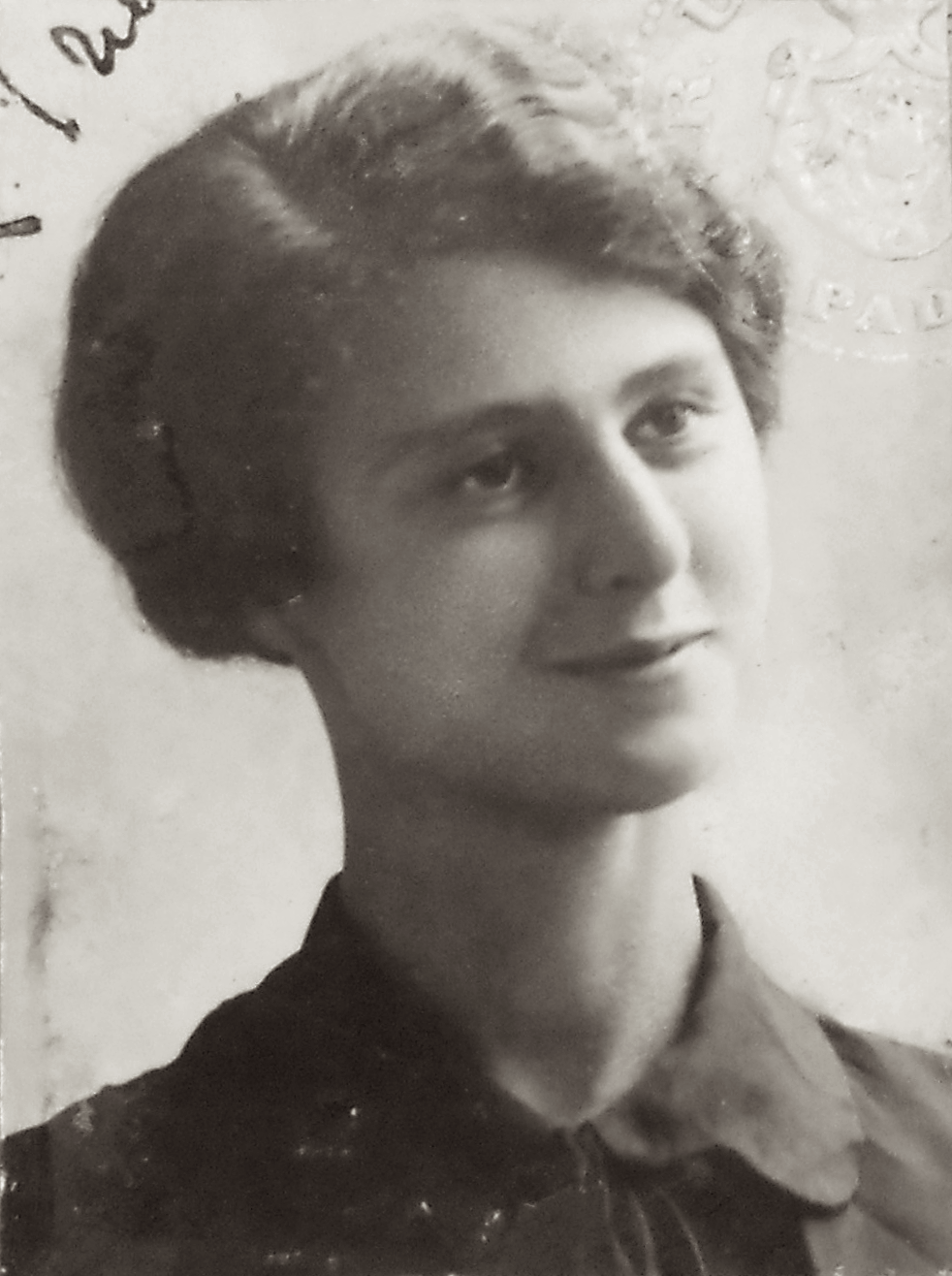
Celina Trieste
Courtesy of the University of Padua, Ufficio Gestione Documentale. ASUP, Faculty of Humanities Students files, Trieste Celina, register no. 152/7
Celina Trieste was born in Padua on 20th September 1906. She lived with her old and sick father Moisè Eugenio in Corso Vittorio Emanuele 110, in a Villa surrounded by a big magnificent park, designed by the neoclassical architect Jappelli in Piazza Italo Balbo, now Piazzale Santa Croce. The park was confiscated to the family due to the Racial Laws and then abandoned, expropriated and destroyed just after the war to create a new neighbourhood: Città Giardino. Starting from 1938, the Villa and Parco Trieste became a landmark for the students attending the Jewish School. They went there on the after-school programme organised by Celina Trieste, whose friend Tono Zancanaro - famous artist - supervised their manual and art workshops. Celina was a well-educated and active woman. She studied at Liceo Tito Livio where she studied together with Mario Todesco, who later became a teacher at the same school. Todesco was killed by fascists in July 1944, and was awarded a golden Civilian Resistance Medal.In 1932, Celina graduated in Humanities, majoring in Languages, at the University of Padua. In October 1943, when all the Jews were forced to escape or to look for a hideout, Celina first sought refuge at the Psychiatric Hospital in Padua and then at the St Clement’s one in Venice. On 6th October of the same year, the Germans took her away together with five more Jewish patients: they deported her to the Risiera di San Sabba in Trieste. Once there, she declared she would not be able to make the deportation journey and was consequently killed at the end of October.
(Text by Mariarosa Davi and Sara Parenzo)
Via dei Fabbri 3
Paolo Shaul Levi
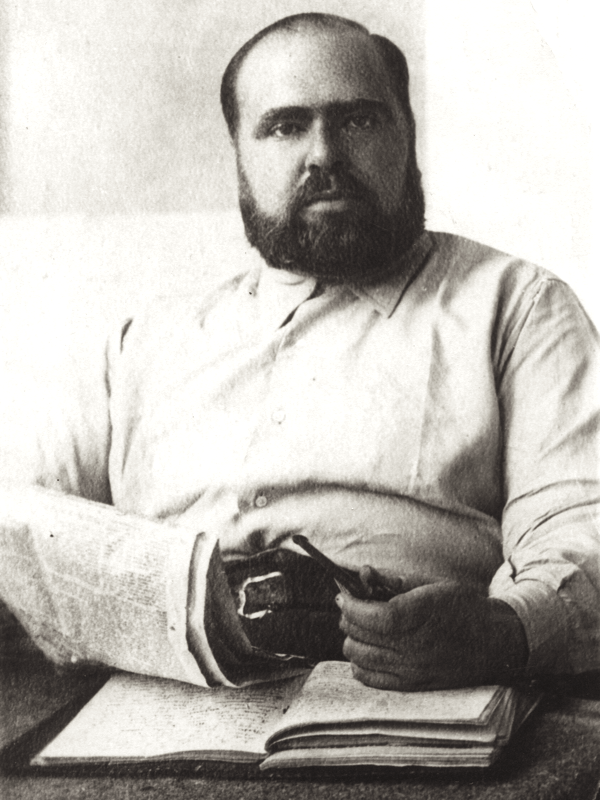
Paolo Shaul Levi
Courtesy of the Archives CDEC Foundation
Paolo Shaul Levi was born in Padua on 9th January 1904, the second born of Cesare and Noemi Levi, the parents of Lucia (1903) and Clara (1909) too. Cesare Levi, a Science teacher at Tito Livio Grammar School, died in 1929 and Noemi in 1933. Paul’s sisters, who had taken a degree in Humanities, got closer to Zionism and in 1939, emigrated to Tunis in Libia, after being forced to leave their teaching because of the Racial Laws. Paolo, like his sisters, sat his finals at the Tito Livio School. In 1926, he took his degree in Law with top marks. Later, he attended the Political Science Faculty, but he did not graduate. He pursued cultural interests, wrote reviews on essays and novels for “Israel”, the Italian Jewry magazine and was a friend of many artists. We do not have precise news on his job. We know from Ada Levi’s statement that he was a homosexual, but he was never prosecuted by the Fascists, who used to send homosexuals to confinement. After the departure of his beloved sisters, we lose track of Paolo. In 1940, he was interned in the Gioia del Colle Camp (Bari) – a camp for “dangerous Jews”. On 16th June, he was arrested for “political defeatism” as he was against Italy’s entry into the war. He was then transferred to the camp at Isola del Gran Sasso from where he was freed in 1943 after the downfall of Fascism. Back to Veneto, after the birth of the Repubblica Sociale, on the 5th of December of the same year, he was arrested in Chioggia, detained in Venice and then taken to Fossoli concentration camp on 31st December. During all his detention, he took care of the legal aid to help other prisoners. On 22nd February 1944, he was deported to Auschwitz together with Primo Levi and 650 more prisoners on train no 8. On his arrival, on the 26th, he did not pass the selection process.
Via Giovanni Prati 7
Giulio, Ada e Irma Ancona
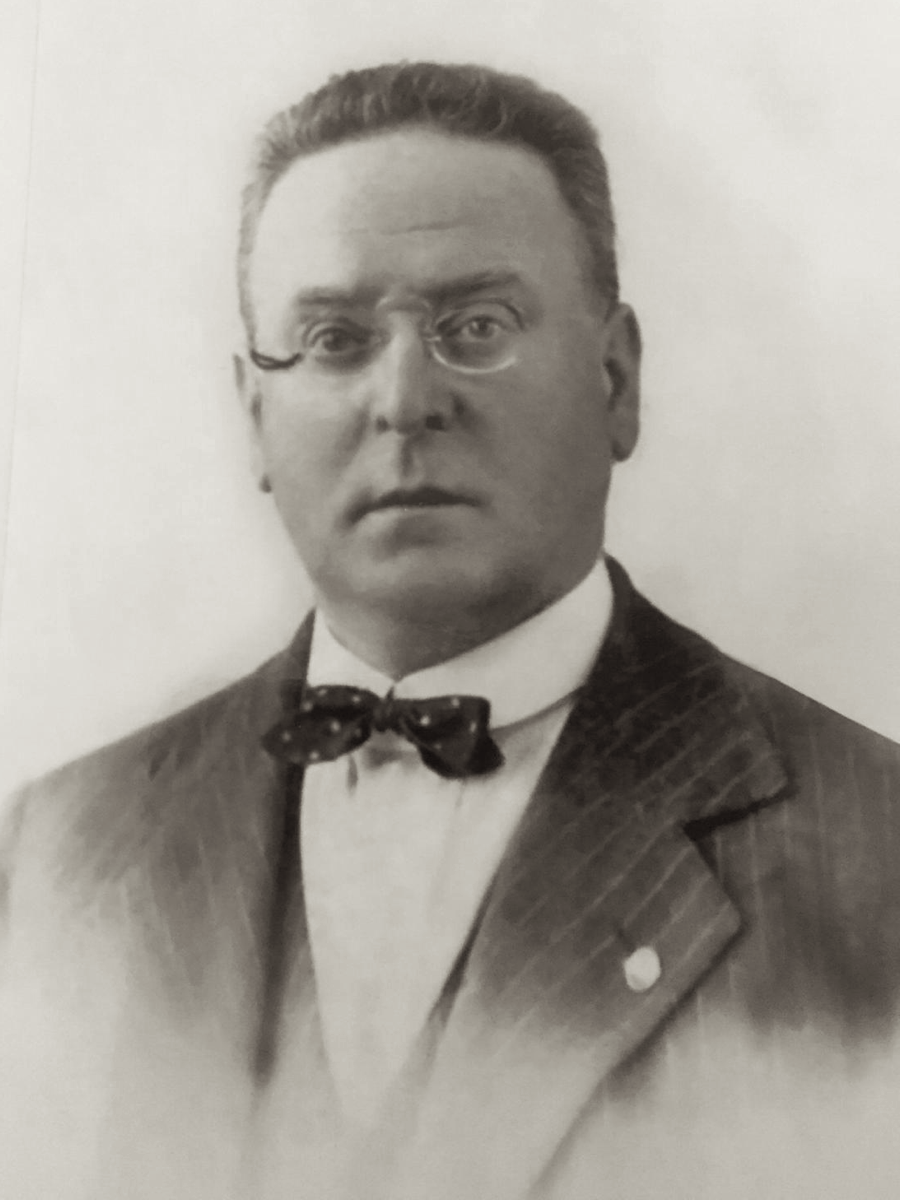
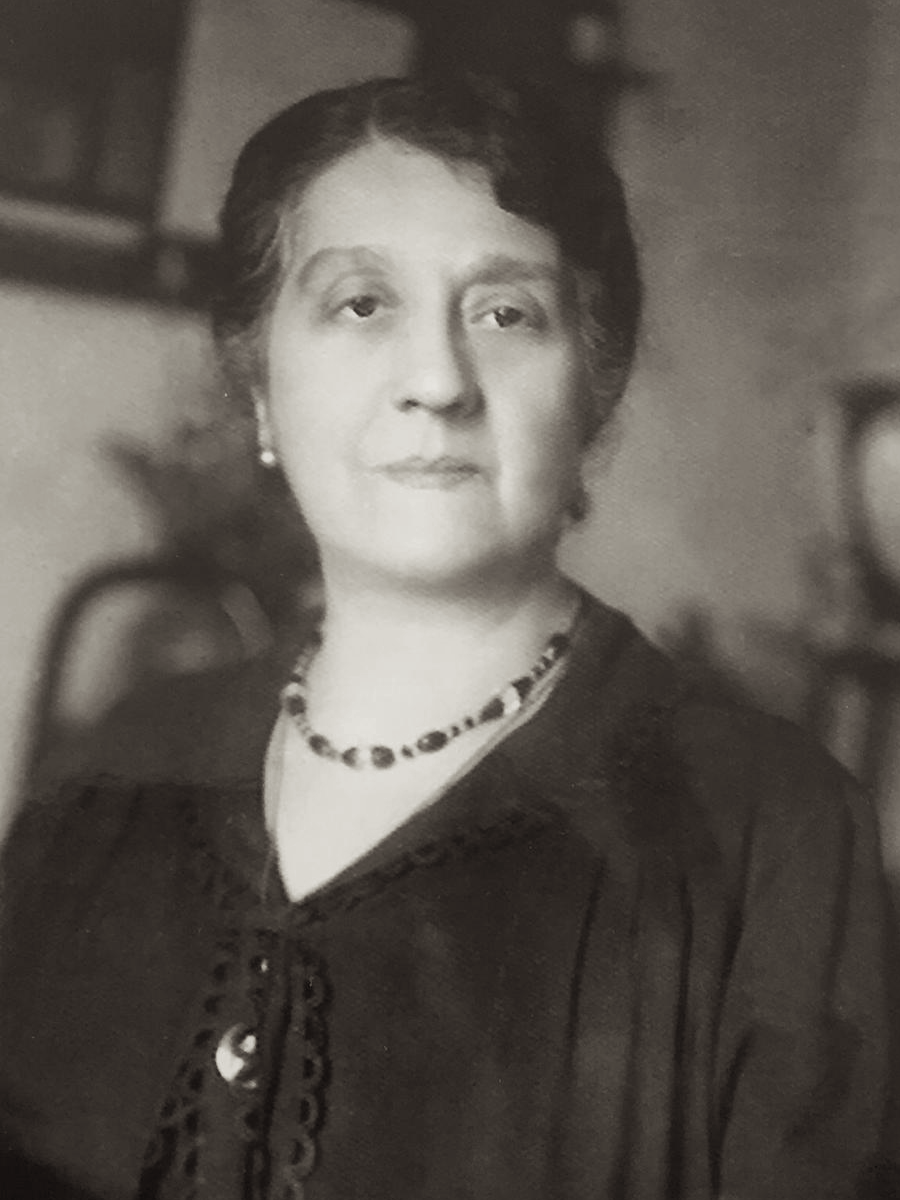
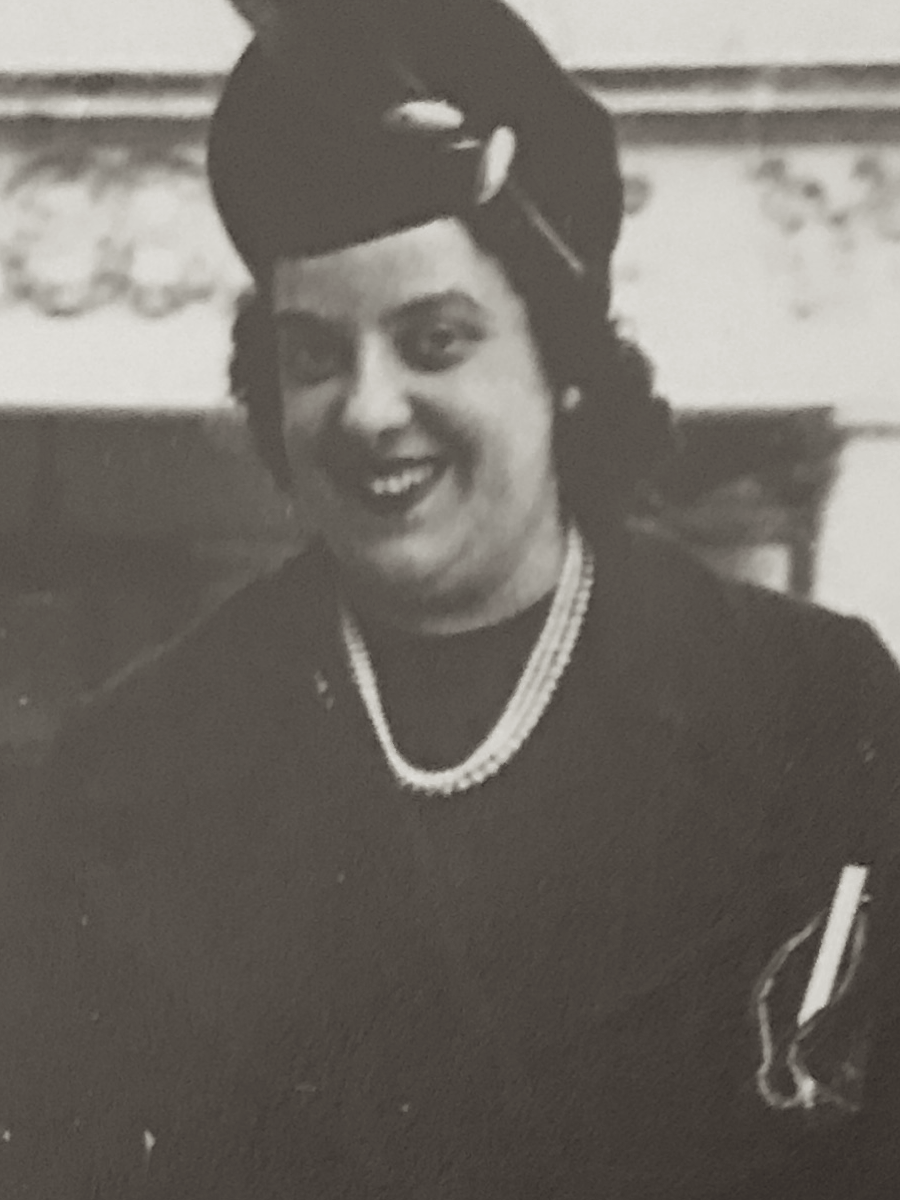
Giulio Ancona, Ada Levi, Irma Ancona
Courtesy of Ada Ester and Maria Antonietta Ancona
In 1943, the Anconas lived in Padua in via Prati 7: Giulio, an upholsterer, (Padua 29th February 1872), his wife Ada Levi (Padua 19th April 1874) and their daughter Irma, (Padua 12th October 1903). At the time, their three sons (Leone, Edgardo and Enrico) had not lived with their family for a long time. Two more sons had died at tender age. On December 3rd 1943, 71-year-old Giulio was arrested by Italian policemen and taken to Vò Vecchio Concentration Camp. In the afternoon of 4th December, also Ada, who was ill, and Irma, who was looking after her mum, were taken away to Vò, the next day. On 10th December 1943, Mr Tamburini, the Head of Police, issued a regulation, which exempted from internment very ill people, those over 70, and those married to an Aryan. Thanks to this regulation Giulio was released on 11th December 1943, though he could not go back home as it had been commandeered with all his properties. In March, his wife Ada, who would be 70 on 19th April 1944, submitted a request of release to the Superintendent, imploring him to free also her daughter Irma, who was the only one capable of assisting her. On 22nd April, when the Superintendent authorized the Camp director to release only Ada, she gave up freedom to stay with her daughter in the Camp. On 17th July both women were relocated in Padua Prison and then at Risiera di San Sabba, together with all the internees from Vò. On July 30th, the Nazis triggered a ruthless hunt against the Jews who had availed of the opportunity offered by Tamburini. Giulio was arrested at the hospital during the second “hunt”. He was taken to Padua Prison, then moved to Verona from where he left towards Auschwitz on August 2nd. On 31st July Ada and Irma had left on the wagon with the Jews from Padua and reached Auschwitz on August 3rd. Giulio arrived in Auschwitz on August 6th. None of them survived.
Via Roma 30
Marcello Levi Minzi
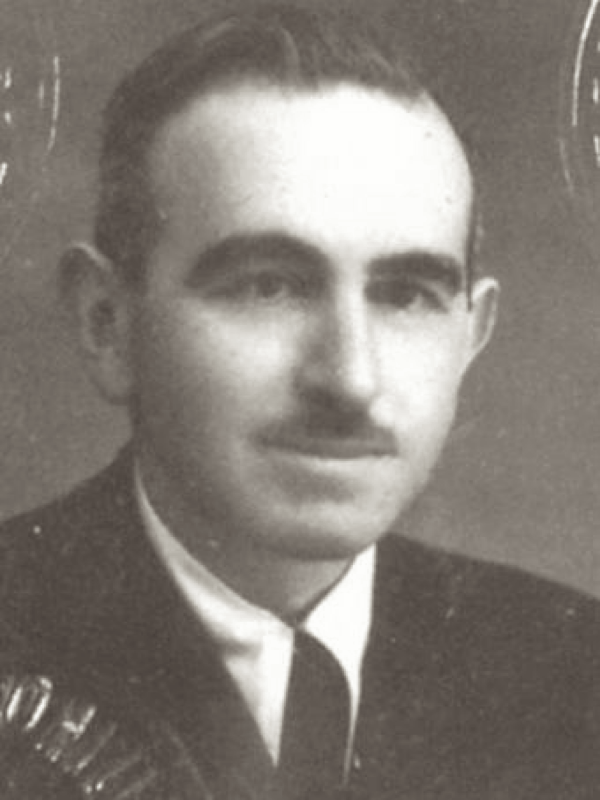
Marcello Levi Minzi
Courtesy of Archivio di Stato, Padova. Fondo Questura, b.45
After the 1938 Racial Laws, Marcello Levi Minzi’s wife Elena Nora moved to Milan with her children to allow them to continue studying in the state recognized Jewish school. Marcello remained in Padua. He was an antifascist: in 1926 he had been openly threatened by fascist squads and his furniture shop had been sacked. After monitoring him for a long time the police finally arrested him on February 4th 1944 at the Lazzaris’, in via Marsala, where he was hiding. He was initially detained as a political prisoner and later sent to Vò Euganeo. On 28th July he was taken from Padua Hospital where he had been admitted and taken to the Risiera di San Sabba. He was then deported to Auschwitz on July 31st and assassinated on August 3rd 1944, on his arrival. In February 1944, Marcello’s wife succeeded in crossing the border with Switzerland together with her daughter and spent the rest of the war in Geneva, where her other son had already taken refuge.
Via Roma 48
Elia Gesess, Ada Ancona, Sara Simon Gesess
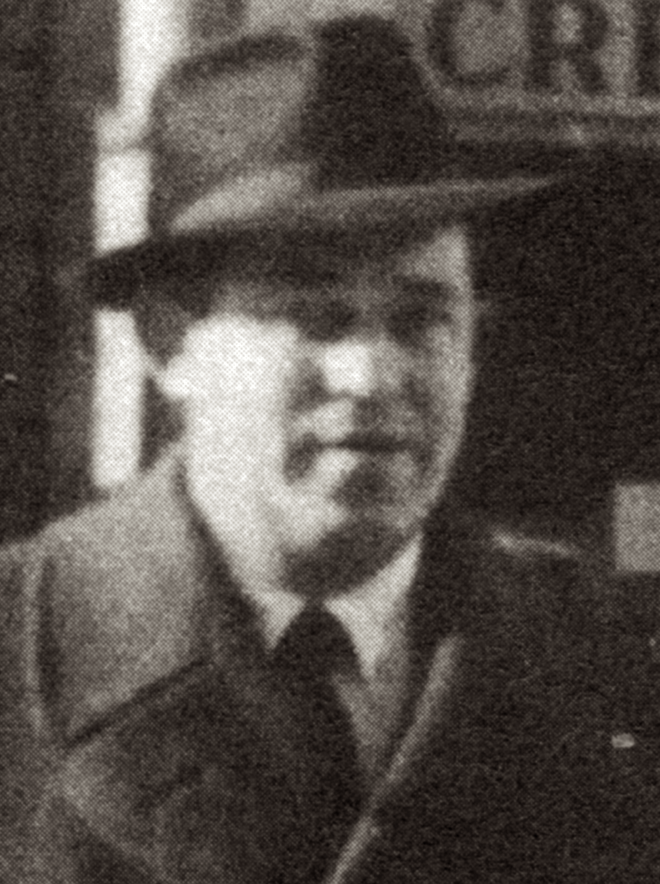
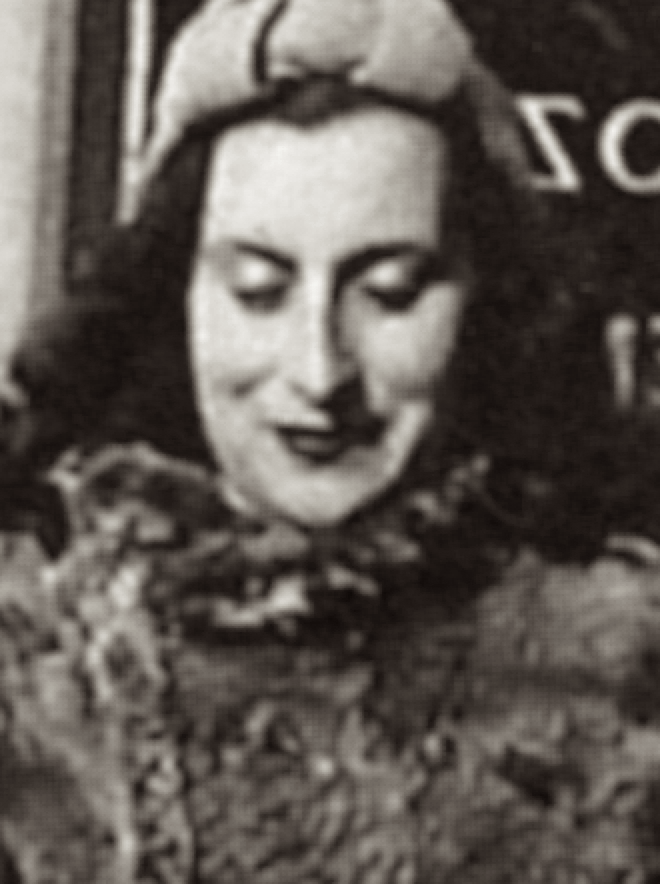
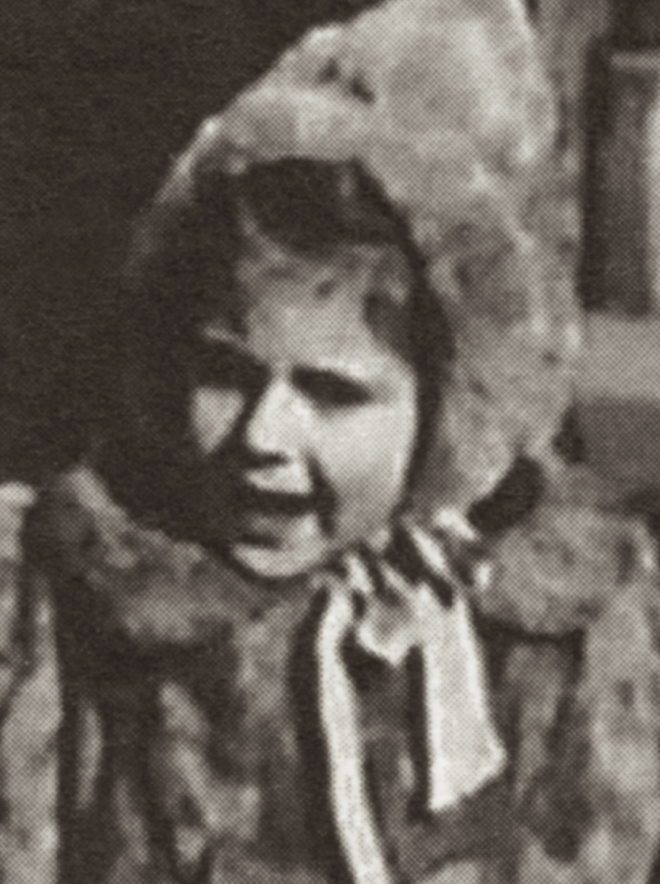
Elia Gesess, Ada Ancona, Sara Simon Gesess
Courtesy of Sara Parenzo
Elia Gesess was a Russian Jew who had escaped from progroms and from the Bolshevick Revolution in 1917. He first settled in Udine and then in Padova. He married Ada Ancona and had two daughters: Lisa born in 1922 and Sara Simon born in 1937.
On December 16th 1943 Elia, Ada and Sara were halted at the Swiss border, first imprisoned in Sondrio and then in the Vò Euganeo Concentration Camp. Lisa, who was pregnant, survived as she had hidden with her husband and son on Monte Grappa.
On July 17th 1944 the prisoners in the Vò Camp were taken to Padua. Sara succeeded in fleeing from the Germans twice, both in Vò and Padua, but both times she was caught.
On July 20th the Vò prisoners’ coach, with the Gesess in, left Padua and reached the San Sabba Camp.
On 31st July the whole family was deported to Auschwitz. Sara and Ada were assassinated on their arrival on August 3rd 1944. Elia died in Dachau on February 15th 1945.
Via VIII Febbraio 2 (Università di Padova)
Alberto Goldbacher
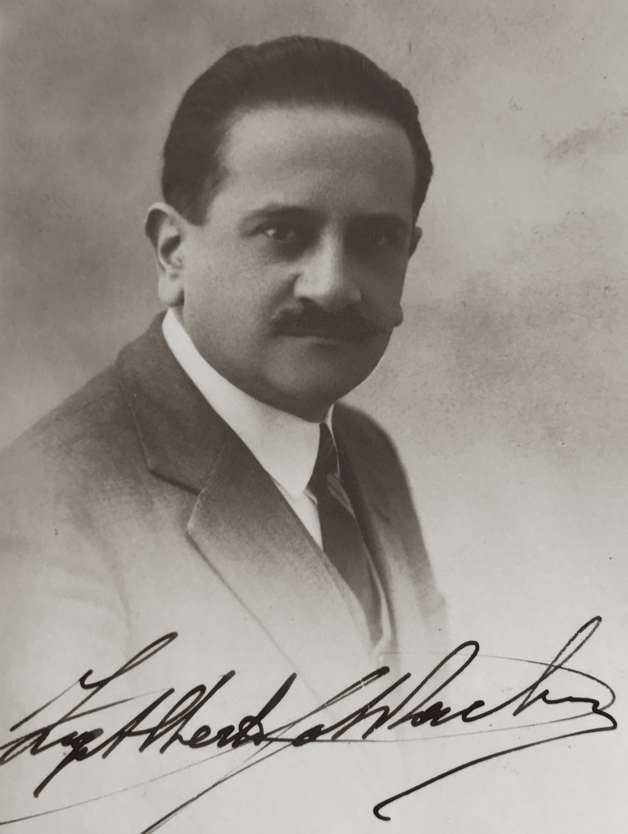
Alberto Goldbacher
Courtesy of the University of Padua, Ufficio Gestione Documentale. ASUP, former Professors, permanent and temporary Professors, Goldbacher Alberto, b.58 fasc.3
Alberto Goldbacher, was a Professor of Engineering at Padua University for a long time. As a great expert of electrical systems, during WW1 he had guaranteed the Electrical Energy Service in Verona and since the 1920s had been the director of the Energy Company in Veneto. After the 1938 Racial Laws, he was expelled from the University by the University Senate. He joined Levi in the Organization of the Jewish School in Padua. He was taken to the Vò Camp on December 3rd 1943, freed on the 11th as he had married an Arian lady, then arrested again on September 22nd 1944, taken to Padua prison first, then to Verona and finally to Bolzano. From there he was deported to Auschwitz where he was assassinated on October 28th.
●
Augusto Levi
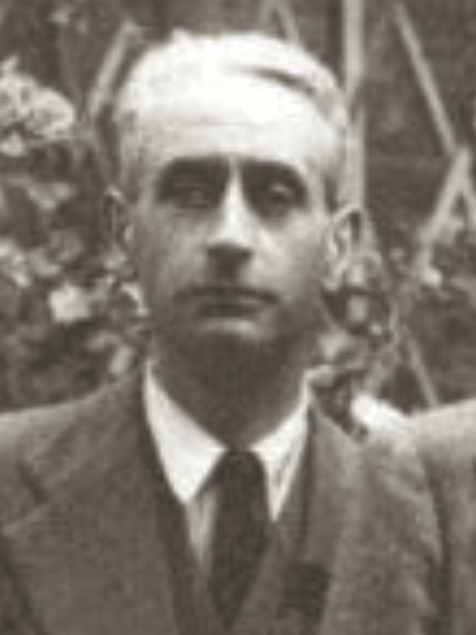
Augusto Levi
Photo Archive Yad Vashem, submitter Ada Levi Nissim
Augusto Levi, was a Professor of Physics at the Department of Medicine, University of Padua. After being excluded from teaching because of the 1938 Racial Laws, he set up Jewish Middle and High schools both in Venice and in Padua. Jewish students were so allowed to continue studying and sitting their finals in State schools. The Jewish School closed after the summer of 1943 when deportation started. Professor Levi himself, his wife Giovannina D’Italia and their son Alvise, a secondary school student, were halted by the fascists, deported to the Vò Euganeo Camp on 27th January 1944, first confined in Padua Prison and then in San Sabba. Finally they were taken to Auschwitz on 31st July. Professor Levi and his wife were assassinated on arriving in the night between August 3rd and 4th. Alvise died in Dachau on December 19th 1944.
●
Giorgio Arany
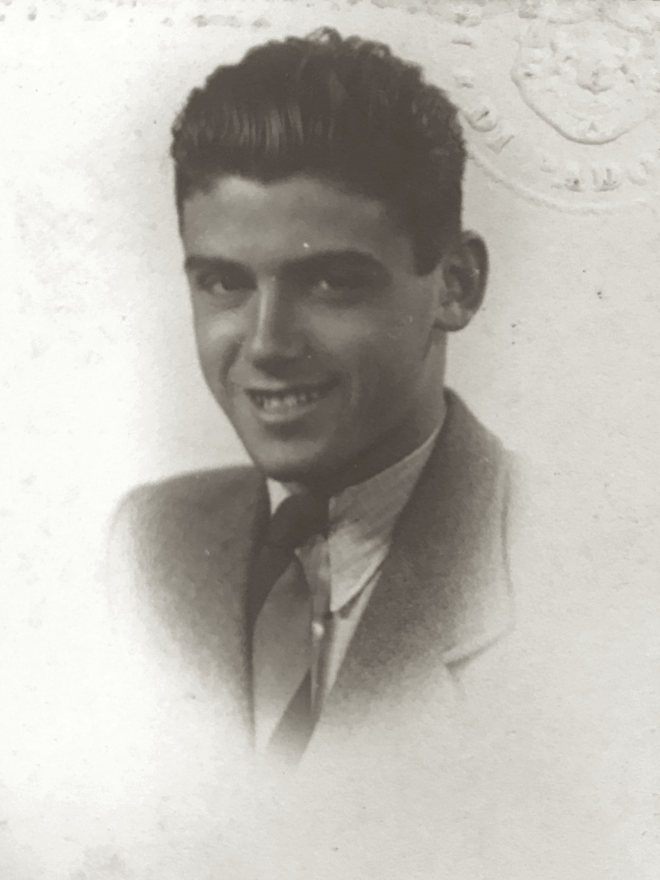
Giorgio Arany
Courtesy of the University of Padua, Ufficio Gestione Documentale. ASUP, Engineering Department, student files, Arany Giorgio, matr.77/4
Giorgio Arany, Desiderio and Caterina Goldberger’s son, was born in Hungary, at Gyor, on December 1st 1919. He enrolled at the University of Padua Engineering Faculty in the academic year 1937-38. In 1938, prevented from continuing his studies due to his being a “foreign student”, he asked for a special permission which was first denied and then granted thanks to a change in the law. He was still kept under control, though. He was arrested in Trieste and confined in San Sabba first, next in Trieste and finally, on July 11th 1944, deported to Auschwitz where he died on unknown date.
●
Nora Finzi
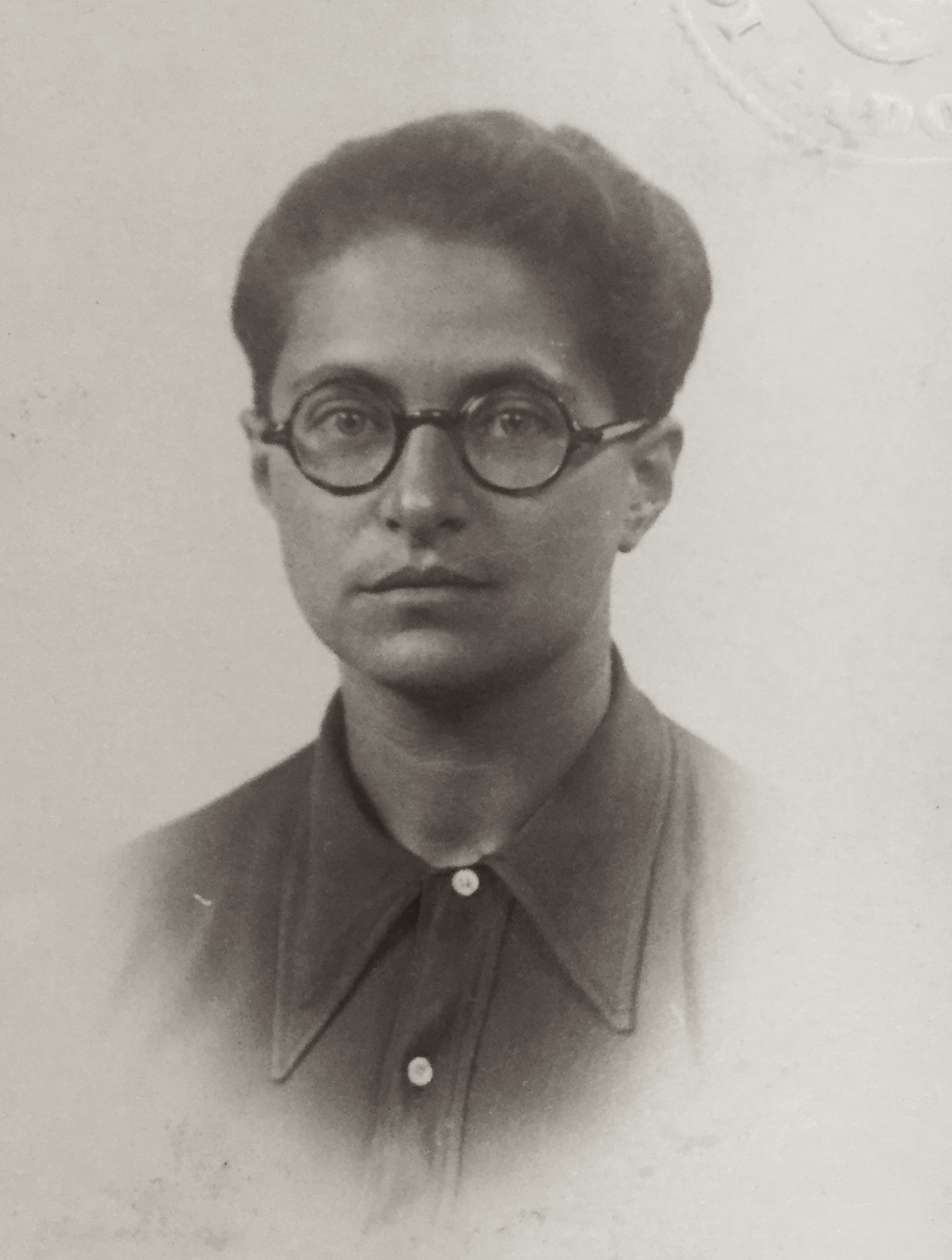
Nora Finzi
Courtesy of the University of Padua Ufficio Gestione Documentale. ASUP, Arts Department, student files, Finzi Nora, matr.78/14
Nora Finzi, Samuele and Jole Naschitz’s daughter, was born in Trieste on 28th August 1919. She sat her finals at Dante Alighieri Liceo Classico in Trieste in 1937 where she was a pupil of Gianni Stuparich’s. She enrolled at Humanities in Padua in the academic year 1937-38 and majored in History of Religions with 108/110 points in June 1941. She was arrested together with her father by the Germans on December 4th 1943: he was deported to Auschwitz on December 7th and died on his arrival on December 11th. Nora, instead, was deported to Auschwitz on January 6th, and she died on unknown date. In 1934 this young woman asked in her testament, (re-examined in 1940), to settle her debt with her bookseller, in case of her own death. She was also concerned with her books which “are what I loved most”, according to her own words.
●
Giuseppe Kròo
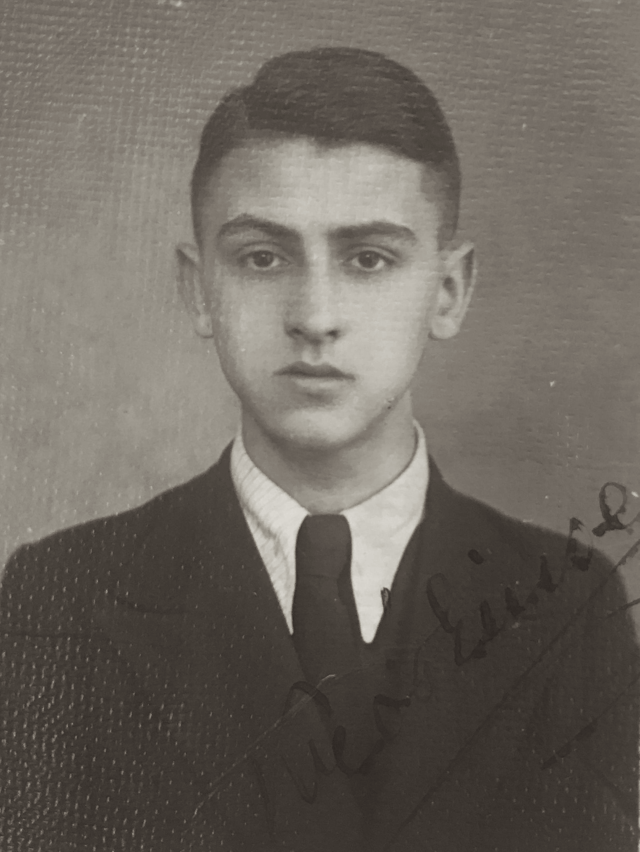
Giuseppe Kròo
Courtesy of the University of Padua Ufficio Gestione Documentale. ASUP, Faculty of Sciences MM.FF.NN. Student Files, Kròo Giuseppe matr.67/28
Giuseppe Kròo was born in Budapest on 29th October 1919, the son of Luigi, a Hungarian Jew and Rachele Vàmos, a Sefardi Jew. In 1927, the Kròos moved to Fiume (now Rijeka) where Luigi ran a chemist’s together with a partner. In 1937, he registered in the Faculty of Engineering, in Padova and on 4th February 1938 applied for a transfer to Milan University. His latest known domicile was Fiume, where, on 27th March 1944, he was arrested by the Germans together with his father, his mother’s mum and his younger brother Alessandro. His mother just made it, a hair’s breadth escape. They were deported to San Sabba (Trieste) and arrived at Auschwitz on 30th April. His grandmother was immediately sent to the gas chamber. His father and the two sons were sent to hard labour, he survived only three months. Giuseppe died after April 1945 during the evacuation from the camp. Alessandro survived and he is the witness.
●
Paolo Tolentino
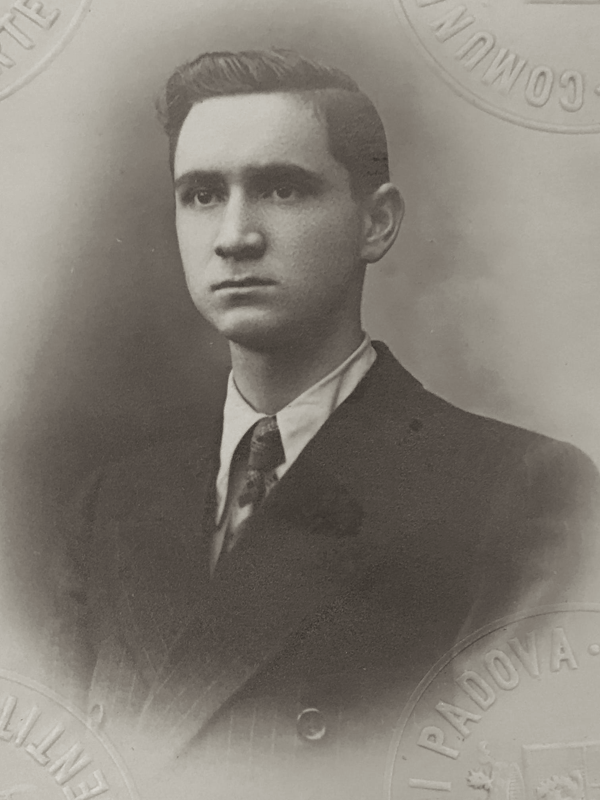
Paolo Tolentino
Courtesy of the University of Padua Ufficio Gestione Documentale. ASUP, Department of Arts, student files, Tolentino Paolo, matr. 60/12
Paolo Tolentino was born in Graz, Austria, on February 19th 1917 from Italian parents. His father Giuseppe was a retired judge, his mother was Anna Polacco. He enrolled at the Humanities Faculty in Padua in the academic year 1935-36. On November 7th 1938 he asked to be moved to Rome University as his family had settled there. He was arrested by the Italians on February 3rd 1944, then taken first to Verona and later to Fossoli Concentration Camp where he stayed until June 26th 1944 when he was deported to Auschwitz. The date of his death is unknown.
●
Desiderio Milch
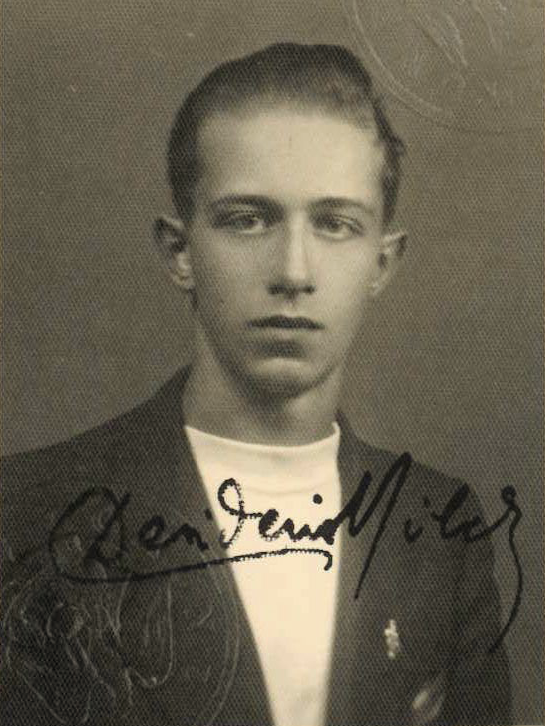
Desiderio Milch
Courtesy of the University of Padova - Ufficio Gestione documentale. AGAPD, Lauree ad honorem –students fallen during WW1 and WW2, «Milch Desiderio» 10/21
Desiderio Milch was born in Fiume (Rijeka) in January 1923. His father Emilio was a Check Jew, his mum Valeria Podzer was not Jewish. Being the son of a “mixed couple”, he was not considered a Jew according to the 1938 racial laws. Thus, after taking his secondary school diploma in Fiume in 1940, he was allowed to enroll in the faculty of Humanities at the University of Padua for the Academic year 1940/41; yet, on enrolling he had to state that his father belonged to the "Jewish race" Desiderio continued his studies until February 1944 when he chose the topic of his degree thesis: an analysis of the dialect of Fiume -under the supervision of a glottologist, Professor Carlo Tagliavini. After the Italian Armistice of 8th September 1943, things changed: the German army reached Fiume immediately and the Adriatic coast was incorporated to Nazi Germany and the Italian Jews started to be persecuted. On 20th March 1944, perhaps after a fascist informing, Desiderio and his father Emilio were arrested, taken to the San Sabba Risiera in Trieste and on 29th March 1944 deported to Auschwitz, where he died on unknown date, at the age of 21, probably in autumn 1944.
Via Francesco Petrarca 15
The Foà family
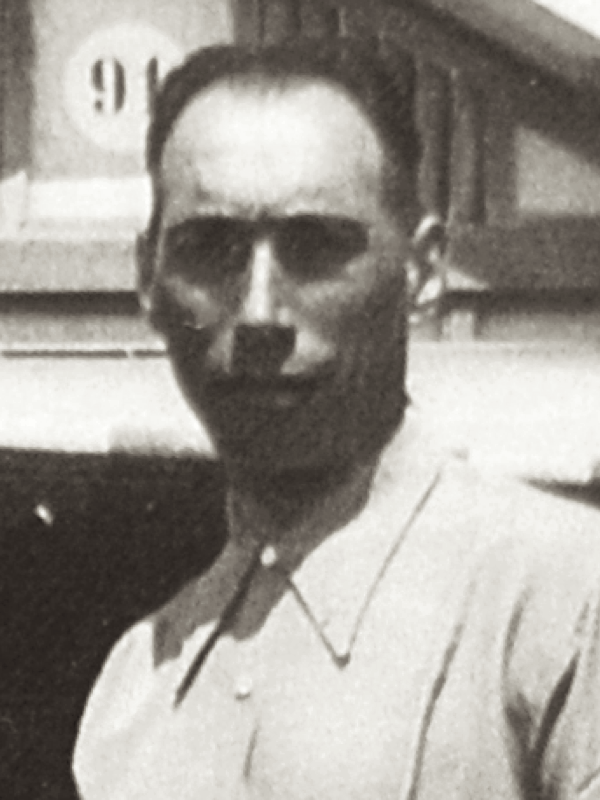
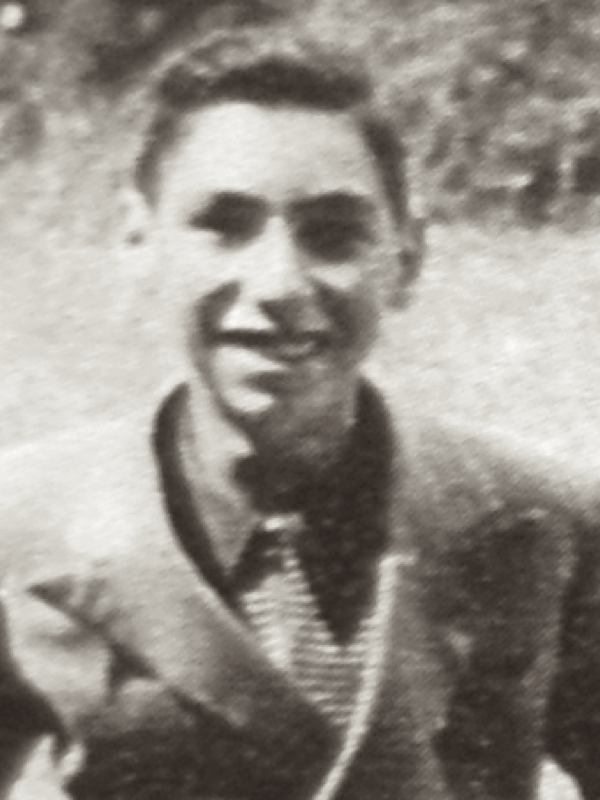
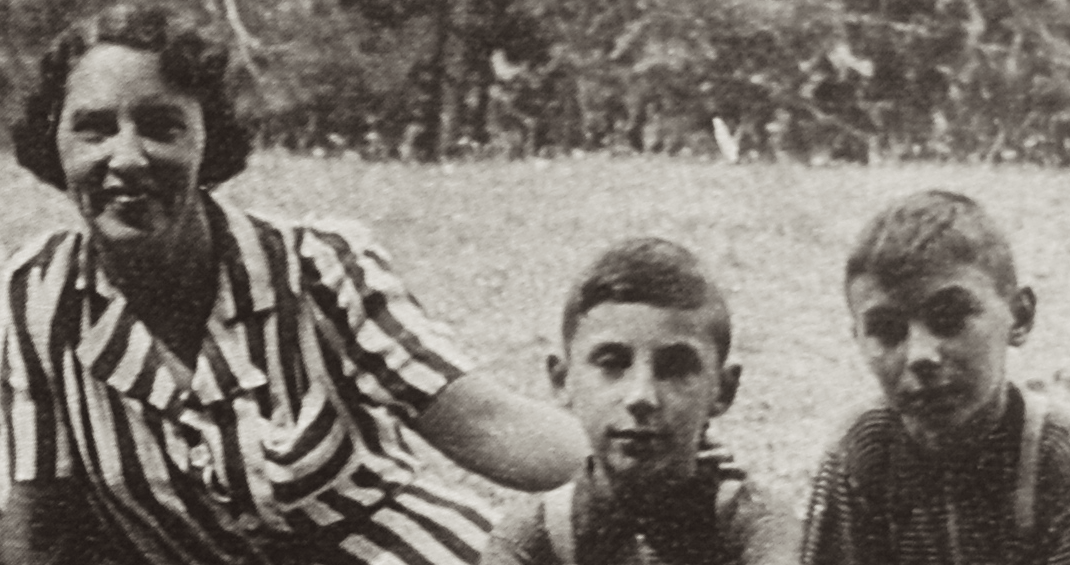
Mario Foà, Giorgio Amos Foà
Giulia Formiggini with her sons Vittorio and Giancarlo
Courtesy of Rosy Angeli (Private Archive)
Mario Foà, fabrics salesman, his wife Giulia Formiggini and their three sons Giorgio Amos, Giancarlo and Vittorio lived in via Petrarca 15 in Padua. After September 8th 1943, at the beginning of the German occupation, the Foàs tried to escape to Switzerland. Yet, on November 25th, they were arrested by the border police. They were confined in Como and afterwards in the Milan prison, from where they were deported to Auschwitz on December 6th. Giulia died in the train wagon while being transported. Vittorio, aged 9, was assassinated on arriving at the camp on December 11th. The place and circumstances of Giancarlo’s death are unknown. He was 13. The eldest son Giorgio Amos, aged 16, who was a secondary school student, died in an unknown place on January 28th 1944. Mario too died after April 17th 1944 in an unknown place. A couple of years after the end of the war, Primo Levi went to Vittorio Foà, Mario’s father, and told him he had known his son in Auschwitz.
Via Damiano Chiesa 4
The Ducci family
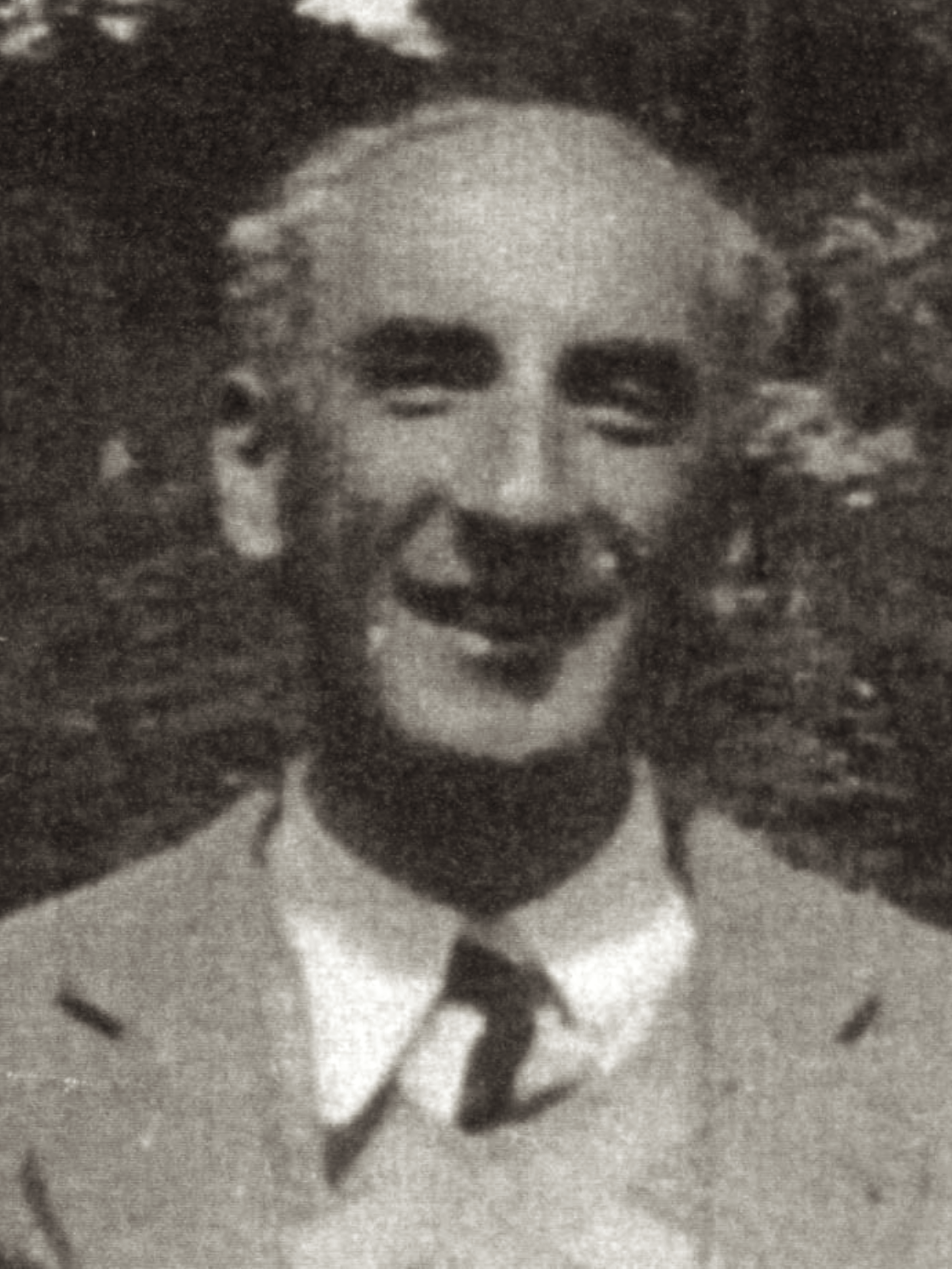
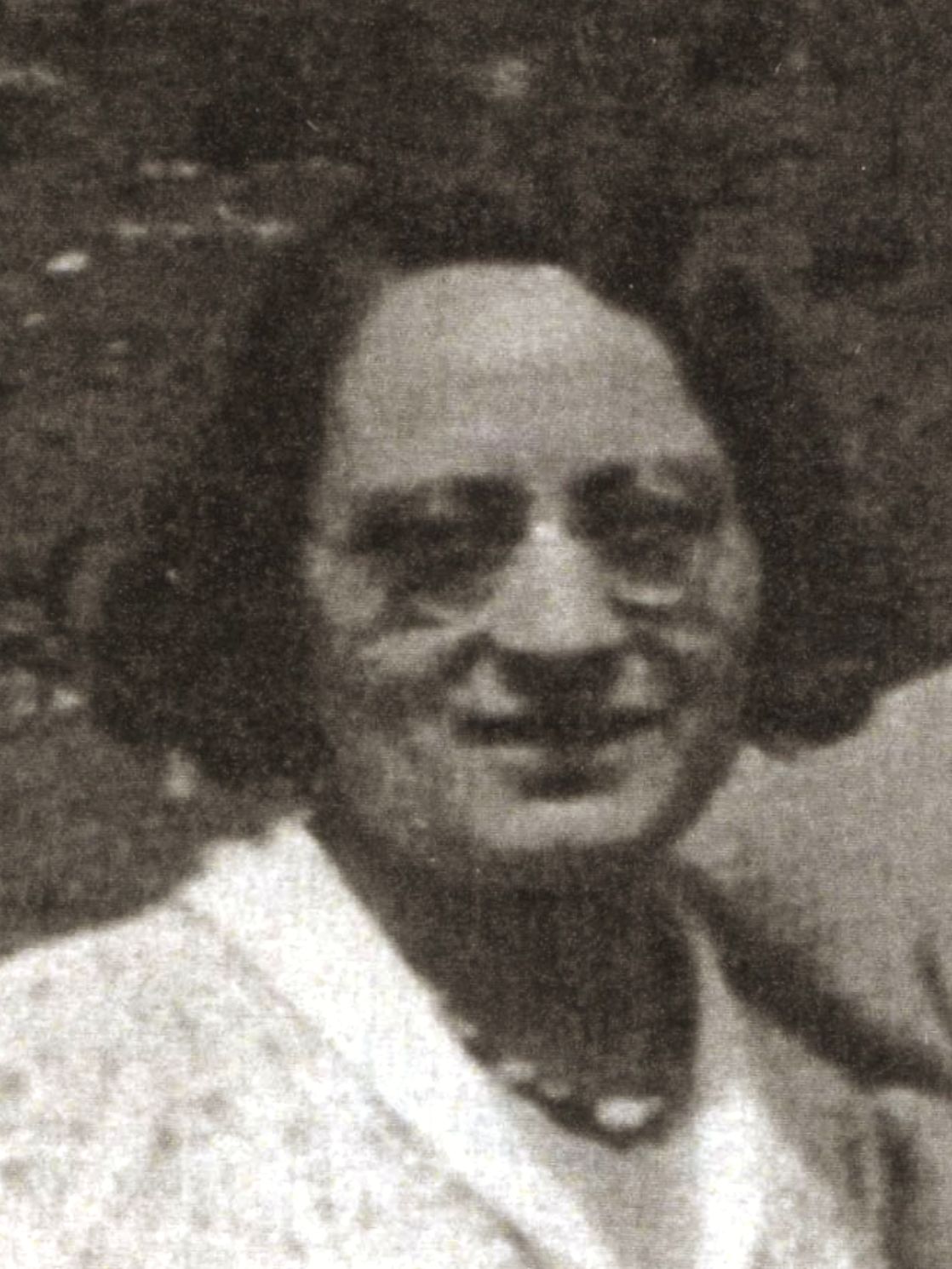
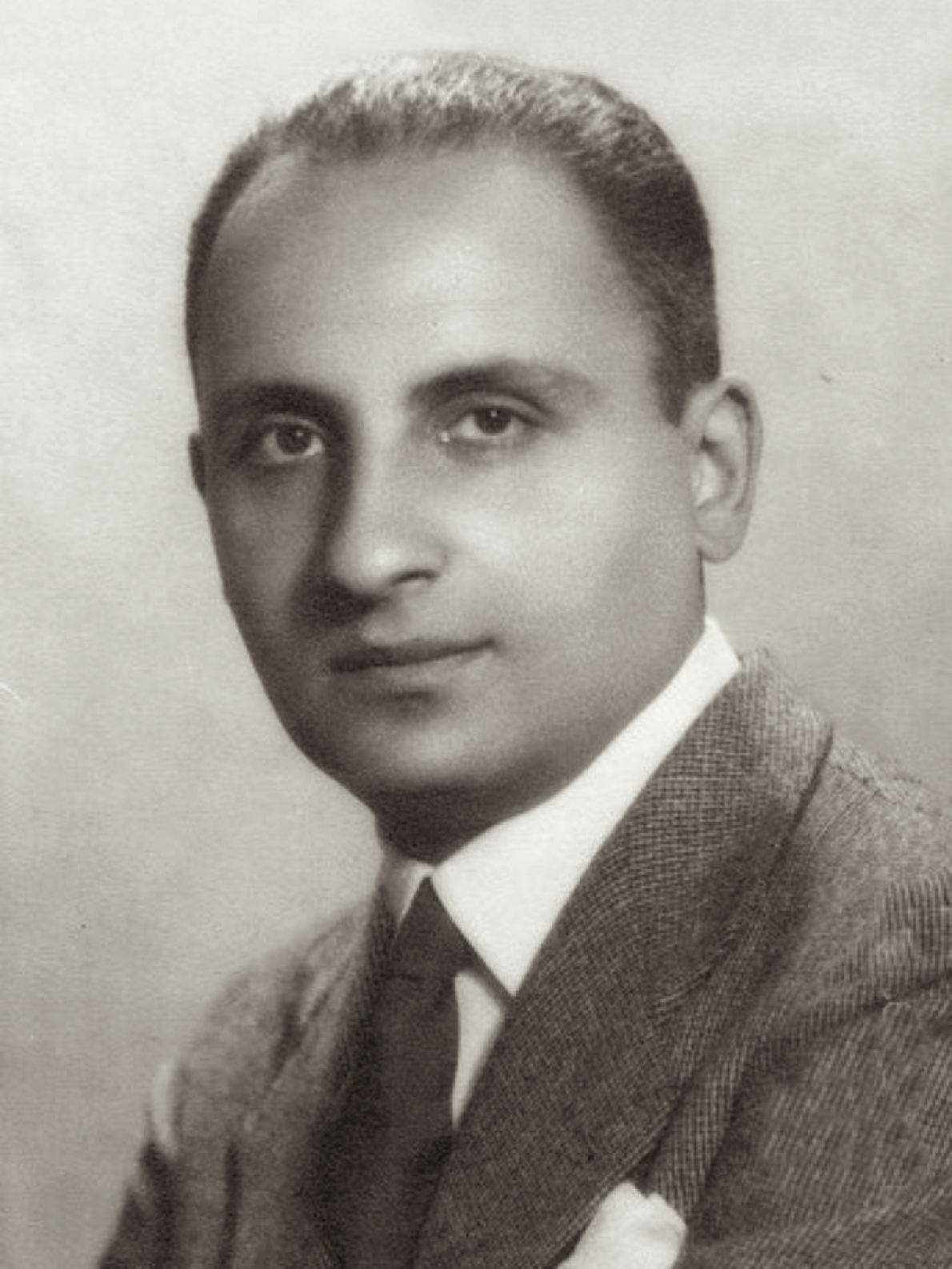
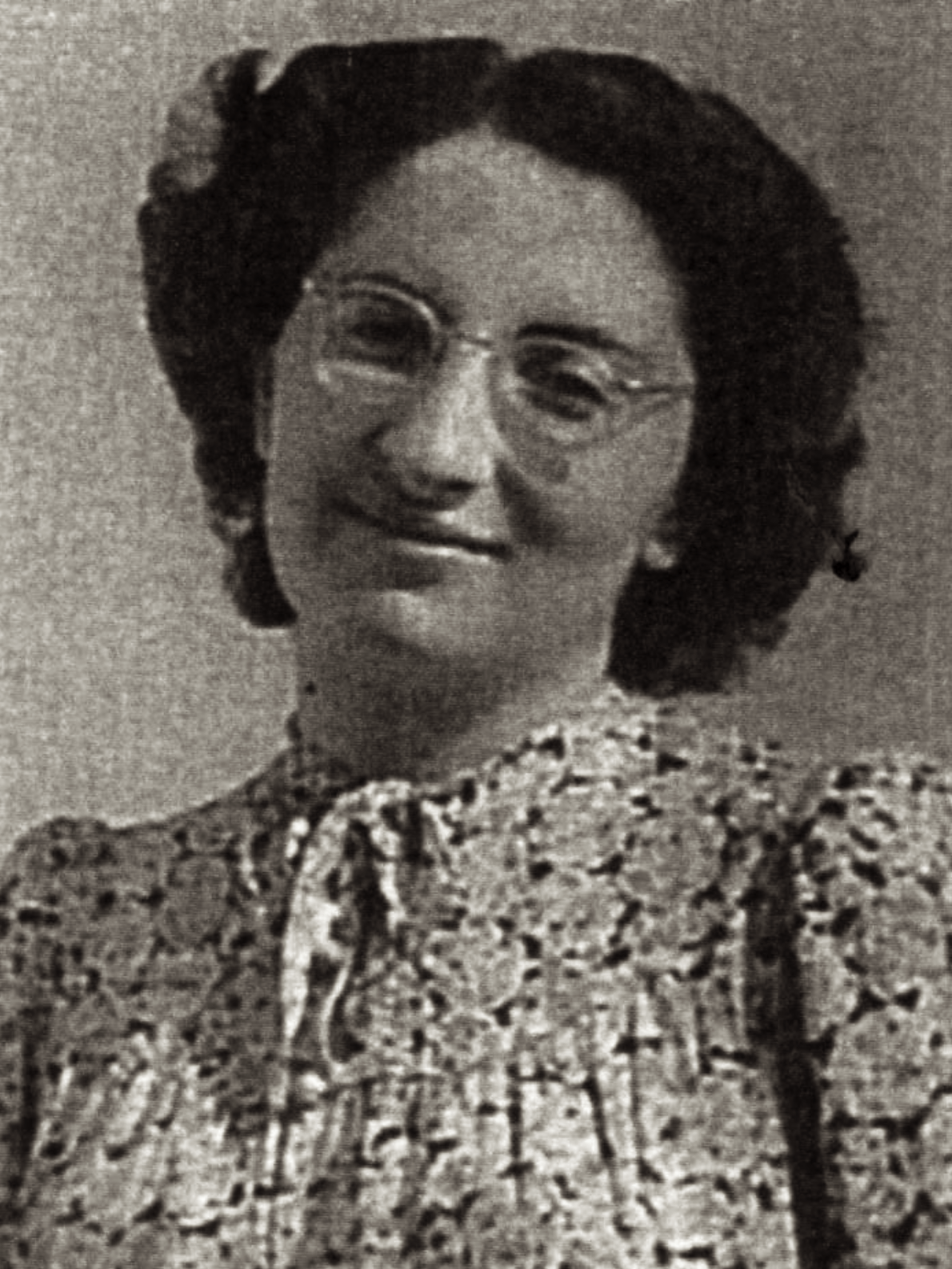
Rodolfo Ducci, Luisa Hoffmann, Teo Ducci, Eva Ducci
Photo Archive Yad Vashem, submitter Elsa Bruschi Ducci
The Duccis were Hungarian Jews. Rodolfo was born in Budapest on March 9th 1887, from a well off family thanks to his father’s Karl’s business. Even Luisa Hoffman, Rodolfo’s wife was Hungarian. She was born in Szekesfehérvàr on 15th December 1889. Teodoro (Teo) was born on 12th August 1913. In 1914, Rodolfo was mobilized by the Austo-Hungarian army and fought as a second lieutenant on the Russian border for four years. He was awarded two medals of valor and three promotions. Back in Budapest, he incurred in an unpleasant anti-Semitic event which made him decide to leave Hungary and live in Italy in order to “make sure my being a Jew will not be put at risk, in the future”, according to his son Teo’s words. He went to live in Abbazia (Opatija) at the time Italian, where his wife and son Teo were undergoing treatment. In Abbazia, the couple started two different businesses. Eva was born on 26nd December 1922. In 1925 the Duccis became Italian and some years later, probably in 1929, they moved to Padova, via Damiano Chiesa 4. In 1933, the original surname Deutsch was italianised by the fascists and became Ducci. Teo graduated in 1939 at Ca’ Foscari, Venice, in International Relations and Diplomacy. The Racial Laws had unpleasant consequences for both siblings: Teo could not start a career in Diplomacy and so he found a job at his father’s firm and another one as salesman in a packaging materials company; Eva, who had started attending the Liceo Classico Tito Livio, was compelled to leave her studies after finishing the first two years. In 1940, after two years only, she sat her finals as an external candidate from the Jewish School, when she was only 17. She too was neither allowed to study at the University nor work. She described the years until her arrest as “wasted both for my body and spirit” (Eva’s Diary, 1st April 1943). After September 8th 1943, the Duccis first lived in a boarding house in Venice and then in Florence, at Pensione Crocini, to be closer to the Allies. Later, they moved to a flat offered by marquis Nicolò Antinori, where they were arrested by two Italians, as a consequence of being betrayed on February 10th 1944. The following morning a Nazi NCO turned up and they were taken to the Murate Prison where they stayed for a month then to Fossoli Concentrantion Camp. On April 5th 1944, the whole family was deported to Auschwitz where they arrived five days later. Rodolfo and his wife Luisa were killed on their arrival. Eva passed the selection and was taken to Birkenau (Auschwitz II) where she died of scarlet fever in July 1944. On arriving Teo lost sight of his family but he too passed the selection. He guessed his parents’ end and did not have any more news of his sister, whom he will never see again. He remained in the lager until January 18th 1945, when the Germans started evacuating the camp in order to remove all evidence of the Shoa. Together with the other deportees he was compelled to start the Death March: at night, as the Nazis did not want anybody to see them, on foot or on open freight wagons. After ten days they reached Mauthausen where he was released by the Americans on 5th May 1945, although completely exhausted and overwhelmed. After a hospital stay of two months there, he came back to Italy, in Florence, at Pensione Crocini once more, as the house in Padua had been commandeered. In the aftermath, he worked as an executive, but at the same time he carried out a great activity to preserve the Shoa memory: he published books and articles, took part in the activities of the ANED of Milan (National Association of Italian political deportees from Nazi concentration camps) thanks to which he was given a golden medal from Milan Province on 22nd December 1999. He died on November 12th 2002.
Piazza del Santo
Fra Placido Cortese
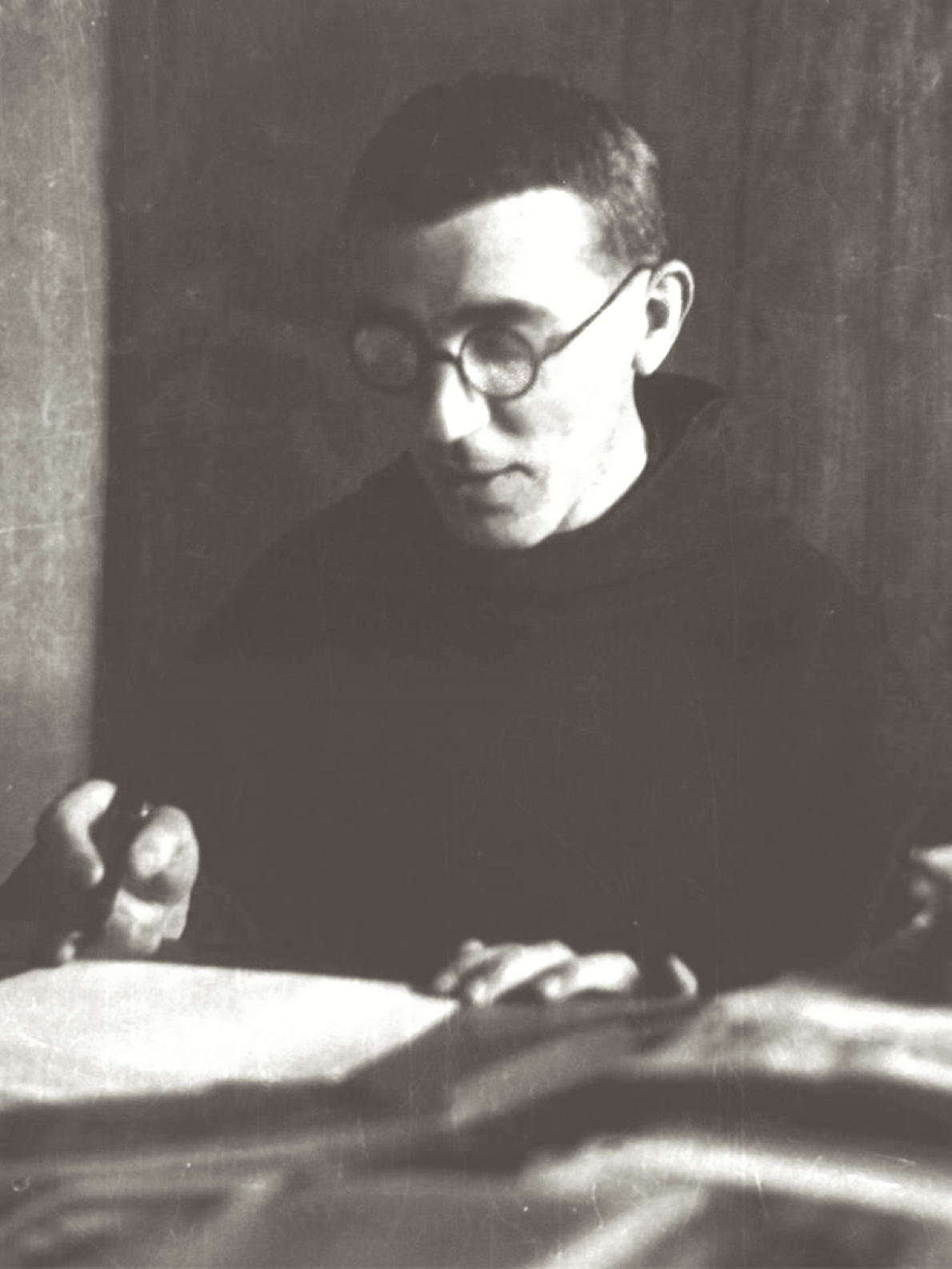
Fra Placido Cortese
Photograph from the Archive of Messaggero di Sant’antonio
Nicolò Cortese was born in Cres on 7th March 1907. In 1920, he entered the Boarding school of Conventual Franciscans in Camposampiero, took the vows as Fra Placido in 1928 and in 1930 was ordained a priest after completing his theological studies in Rome. In 1937, he resided in Padua: he was the editor of the monthly review “Il Messaggero di Sant’Antonio” for seven years and he performed his pastoral charge at Saint Anthony’s Basilica. In 1942, he gave assistance to the Slovenian and Croatian war prisoners interned in a concentration camp within the artillery barracks in Chiesanuova, on the outskirts of Padua. After 8th September 1943, Padre Cortese became an important point of reference for the Partisans’s underground network FRA-MA (initial syllables of two famous Professors: Franceschini and Marchesi). They took hundreds of requested people by the Nazi Fascists to safety to Switzerland: Jews, allied soldiers adrift and many more. Padre Placido helped providing clothes and the money needed for false IDs. He used the photos brought by believers to Saint Anthony’s tomb. The SS discovered his activity because of undercover spies and arrested him. On Sunday 8th October 1944, by false pretences they brought him out of the Basilica, waited for him to go past the parvis –papal territory- pushed him into a car and took him to the Gestapo building in Piazza Oberdan, in Trieste. He was tortured to death and died around November 15th 1944. His body was probably burnt in the Risiera di San Sabba Crematorium, in Trieste.
